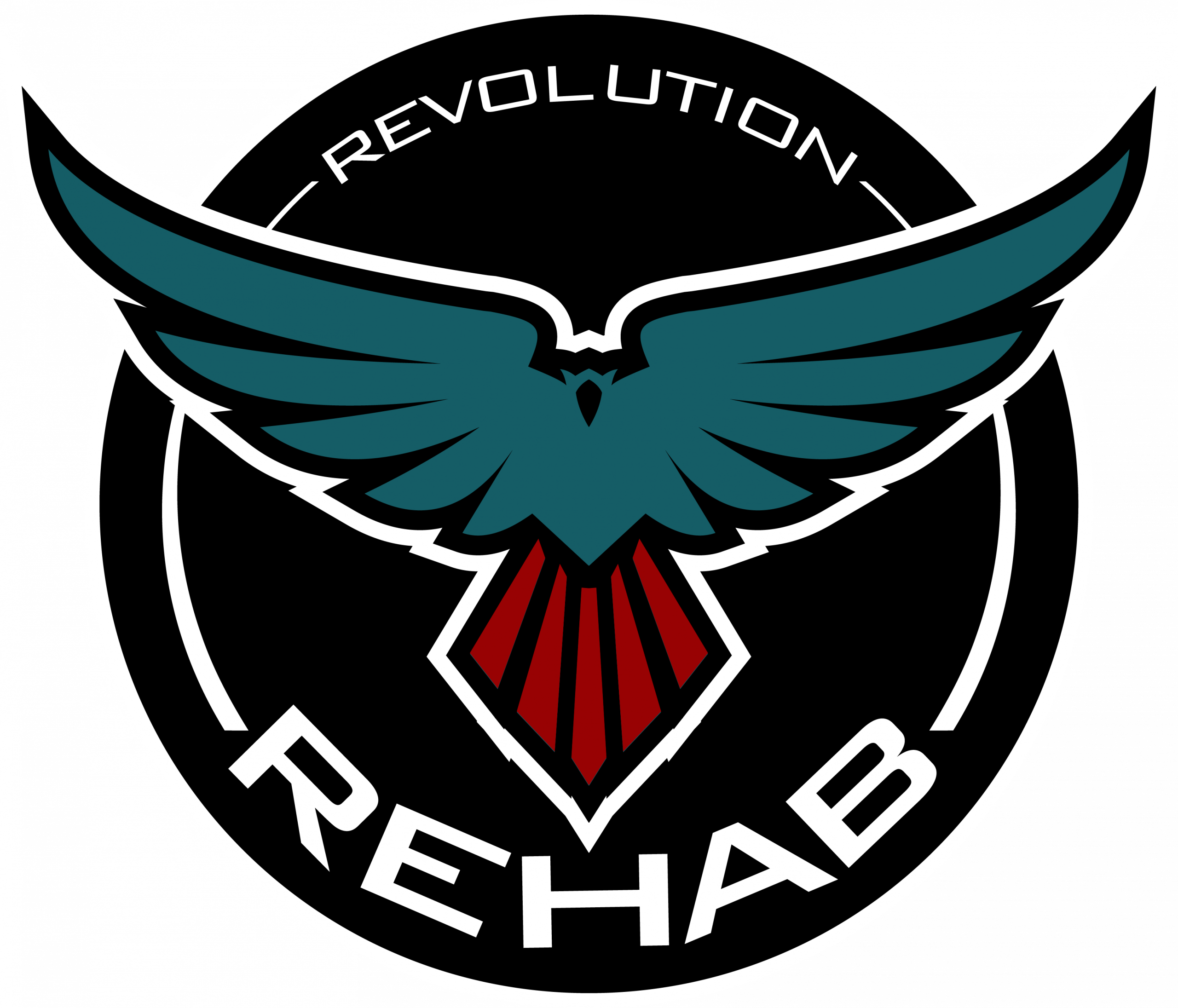Pain is more than a signal—it’s a story your brain tells. For years, pain was viewed as a direct result of tissue damage. But modern neuroscience has reshaped that narrative. Today, physical therapists use Pain Neuroscience Education (PNE) to help patients understand the deeper mechanisms behind their pain and reclaim control over their recovery.
🧠 The Neuroscience of Pain
Pain isn’t just a symptom—it’s an output of the brain. It involves sensory, emotional, and cognitive processes shaped by past experiences, beliefs, and emotions. One key concept is central sensitization, where the nervous system becomes hypersensitive, amplifying pain even when tissue damage is minimal or absent.
Understanding this helps patients realize: pain doesn’t always mean harm. It’s the brain’s way of protecting the body—but sometimes, it overreacts.
📘 What Is Pain Neuroscience Education (PNE)?
PNE teaches patients how pain works. By explaining the biology and psychology of pain in simple terms, therapists help patients shift their mindset. This can reduce fear, improve movement, and lower disability.
PNE encourages patients to become active participants in their care. When people understand their pain, they’re more likely to engage in treatment and less likely to catastrophize or avoid activity.
🧩 How PNE Fits into Physical Therapy
Physical therapists use PNE in practical, relatable ways:
- Educational analogies (e.g., “pain is like a car alarm that’s too sensitive”)
- The green-yellow-red scale to help patients gauge safe movement
- Lifestyle and movement coaching to reduce fear and build confidence
This approach helps patients distinguish between pain that’s safe to move through and pain that needs attention—empowering them to move without fear.
✅ Benefits of PNE in PT
- Reduces pain and disability
- Lowers healthcare use and reliance on passive treatments
- Decreases fear-avoidance and pain catastrophization
- Improves long-term recovery and self-management
🌱 Final Thought
Pain neuroscience education is a game-changer in physical therapy. It bridges the gap between science and compassion, helping patients understand their pain and take charge of their healing. As our understanding of pain evolves, PNE will remain a cornerstone of effective, empathetic care.
💬 Ready to understand your pain—and move beyond it?
Revolution Rehab brings physical therapy to your doorstep.
We combine science, empathy, and movement to help you take control of your recovery. Whether you’re managing chronic pain or rebuilding after injury, we’re here to guide the way.
📚 References
PhysioPedia. (2023). Pain neuroscience education overview. https://www.physio-pedia.com
Therapeutic Associates. (2023). Understanding the green-yellow-red pain scale. https://www.therapeuticassociates.com
Evidence in Motion. (2023). PNE in clinical practice. https://www.evidenceinmotion.com
